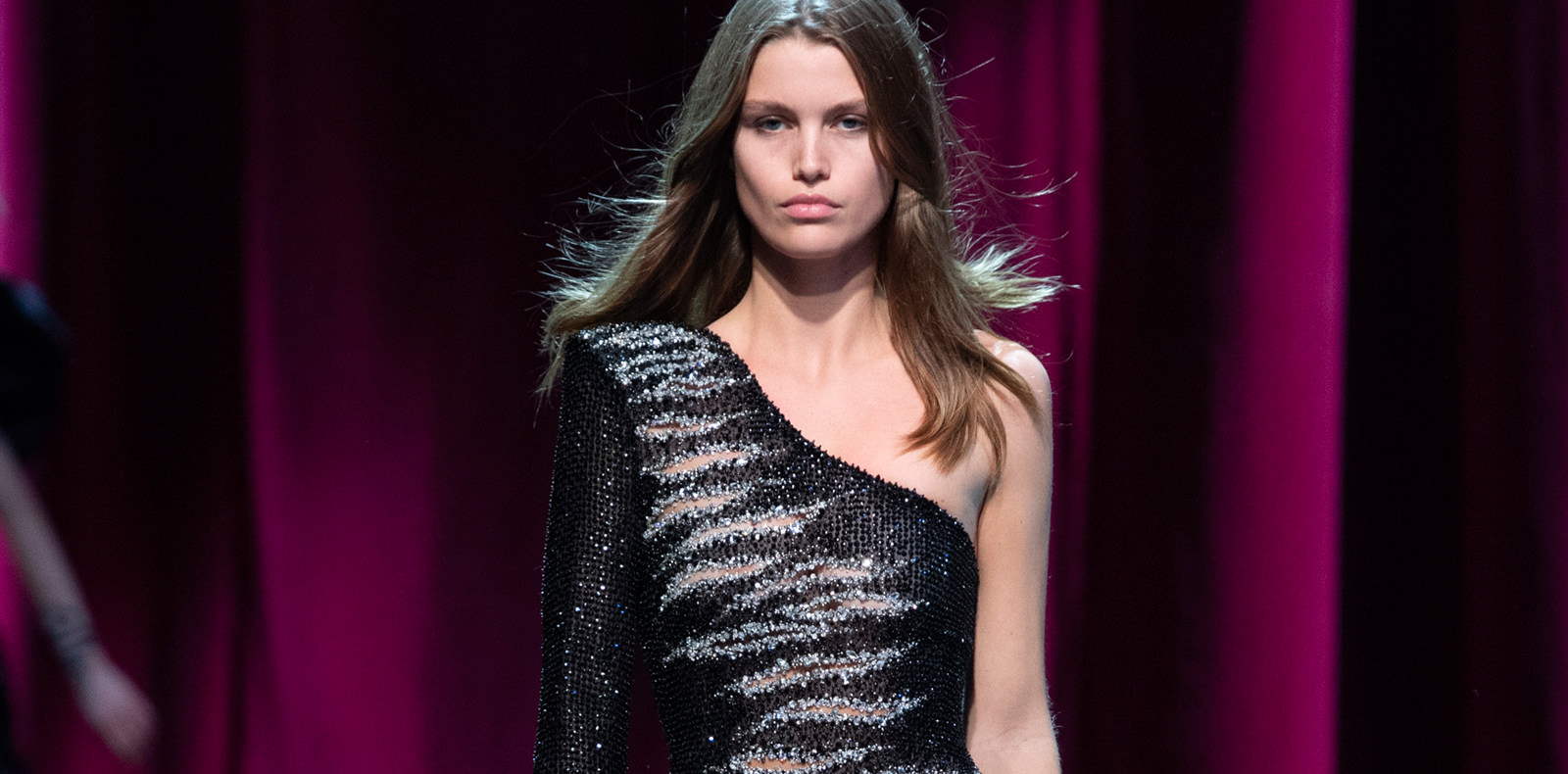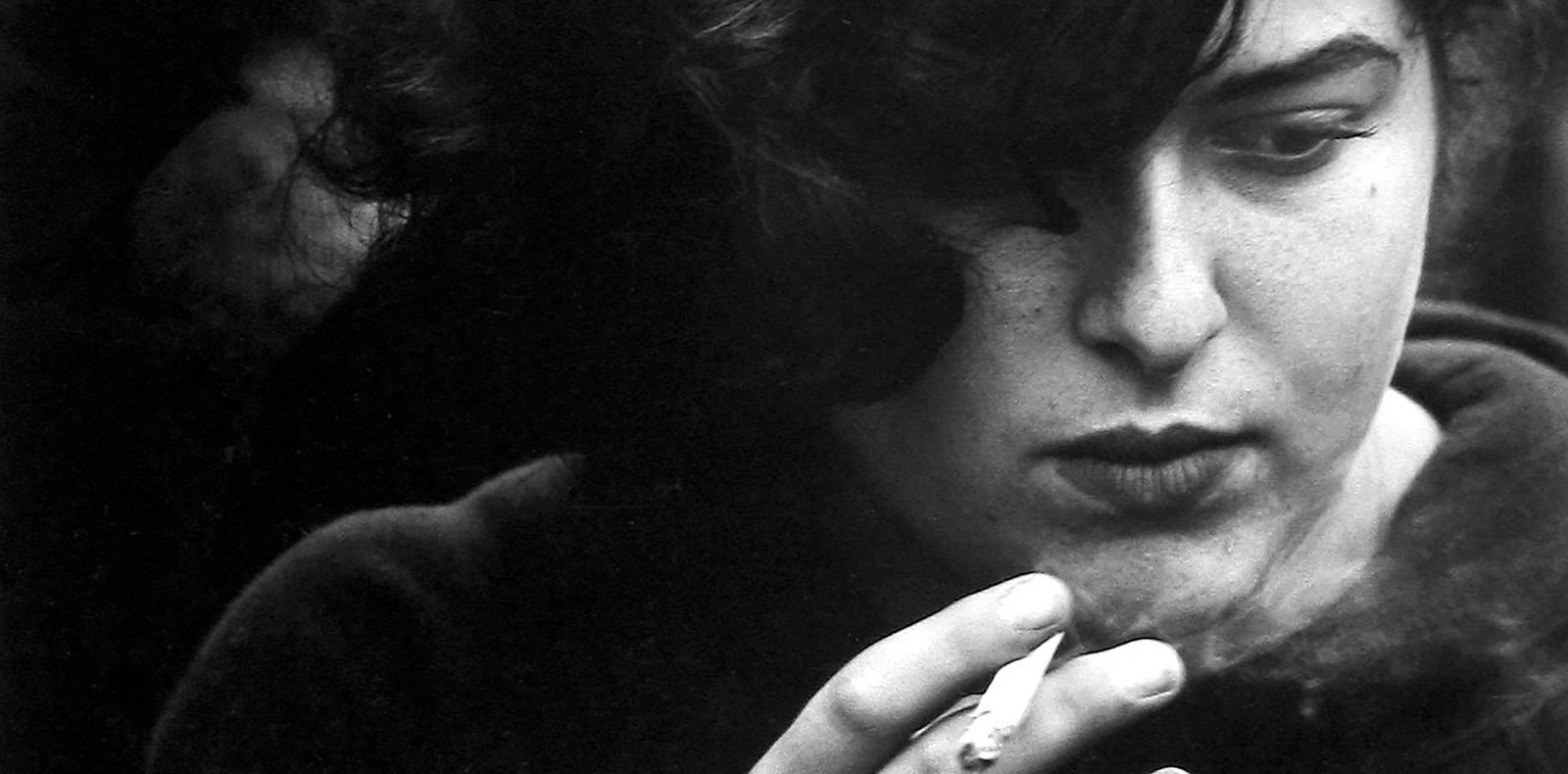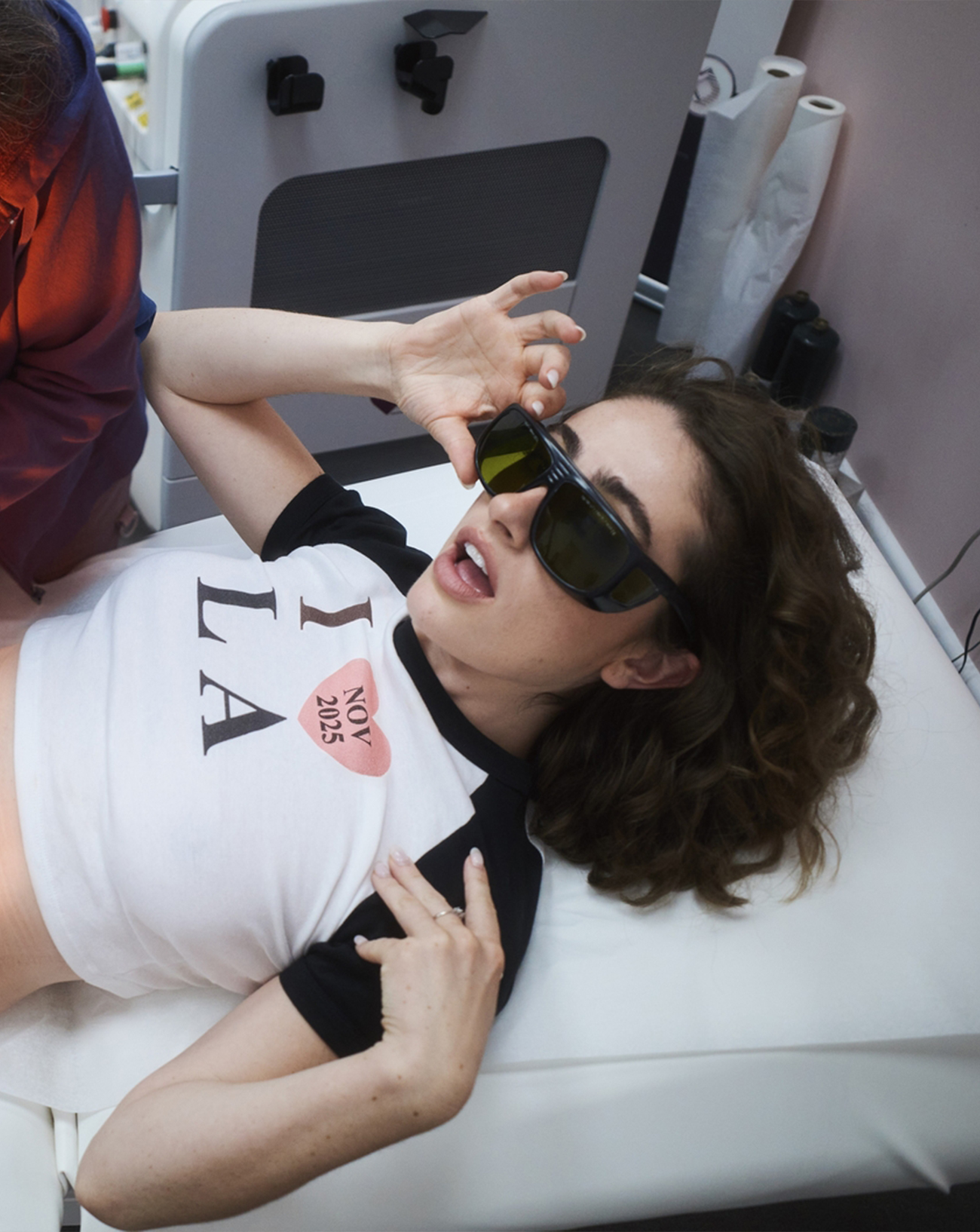
17
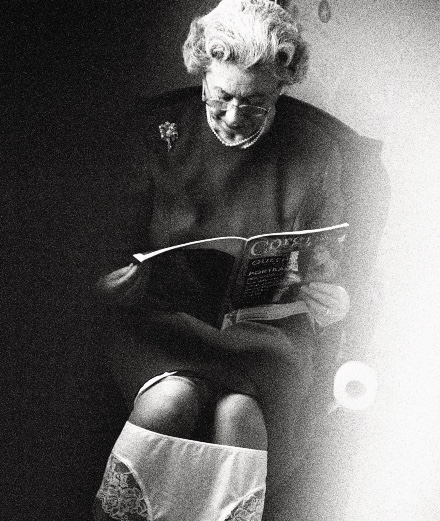
17
Alison Jackson’s fake press settings
No celebrities have been harmed during these shoots. In order to photograph Elizabeth II on the throne, Madonna ironing or Mick Jagger having collagen injected into his lips, Alison Jackson simply uses their look-alikes. Her resulting images are an investigation into our fascination for stolen snapshots.
By Patrick Remy.

Alison Jackson always takes precautions: “The photographs in this book don’t represent any real event, past or future,” is the epigraph written in both of her books. Just in case… it’s true that she has does have to be cautious. She photographs David Beckham on the toilet reading El País, Camilla kissing Charles in front of Diana, Her Majesty Elizabeth II on the throne (the less noble one), George Bush and Tony Blair chatting in a sauna, Osama Bin Laden playing backgammon, George Bush in his office playing with a Rubik’s Cube, Madonna ironing her laundry, Mick Jagger having collagen injected into his lips, Nicole Kidman flossing her teeth… She also plunges into the privacy of Jack Nicholson, Elton John, Paris Hilton, Tom Cruise and Katie Holmes, Richard Gere and the Dalai Lama, Jude Law, Pete Doherty and Kate Moss, plus numerous members of the British royal family. Each photo a scoop! But… every one’s a fake. She adds a second precautionary measure: “The people featured in this book aren’t the celebrities themselves, but look-alikes. The various celebrities have not been involved in the conception of these photos and they haven’t approved them. Their consent hasn’t been requested”. The ultimate precaution: On the cover and page four of her book Private, we see Camilla Parker- Bowles in her underwear drinking champagne accompanied by the words, “This person is not Camilla Parker-Bowles.” There are no other legends in the book. Alison Jackson is British and lives in England where media freedom is almost a dogma; one that Alison knows perfectly how to exploit. “I’ve never had any reaction from the royal family. On the whole they don’t comment on anything… but if they have seen those images, they must be horrified! I think Camilla Parker-Bowles would probably laugh about it; she’s one of the few who seems to have a sense of humour. I’ve never been taken to court, but English law is very permissive. The only time I had any problems was when I was making a film for Channel 4 on Tony Blair, I’d sneaked a little spy camera into 10 Downing Street and got taken away by the police. They can arrest any one on suspicion of terrorism in this country. Jesus!”
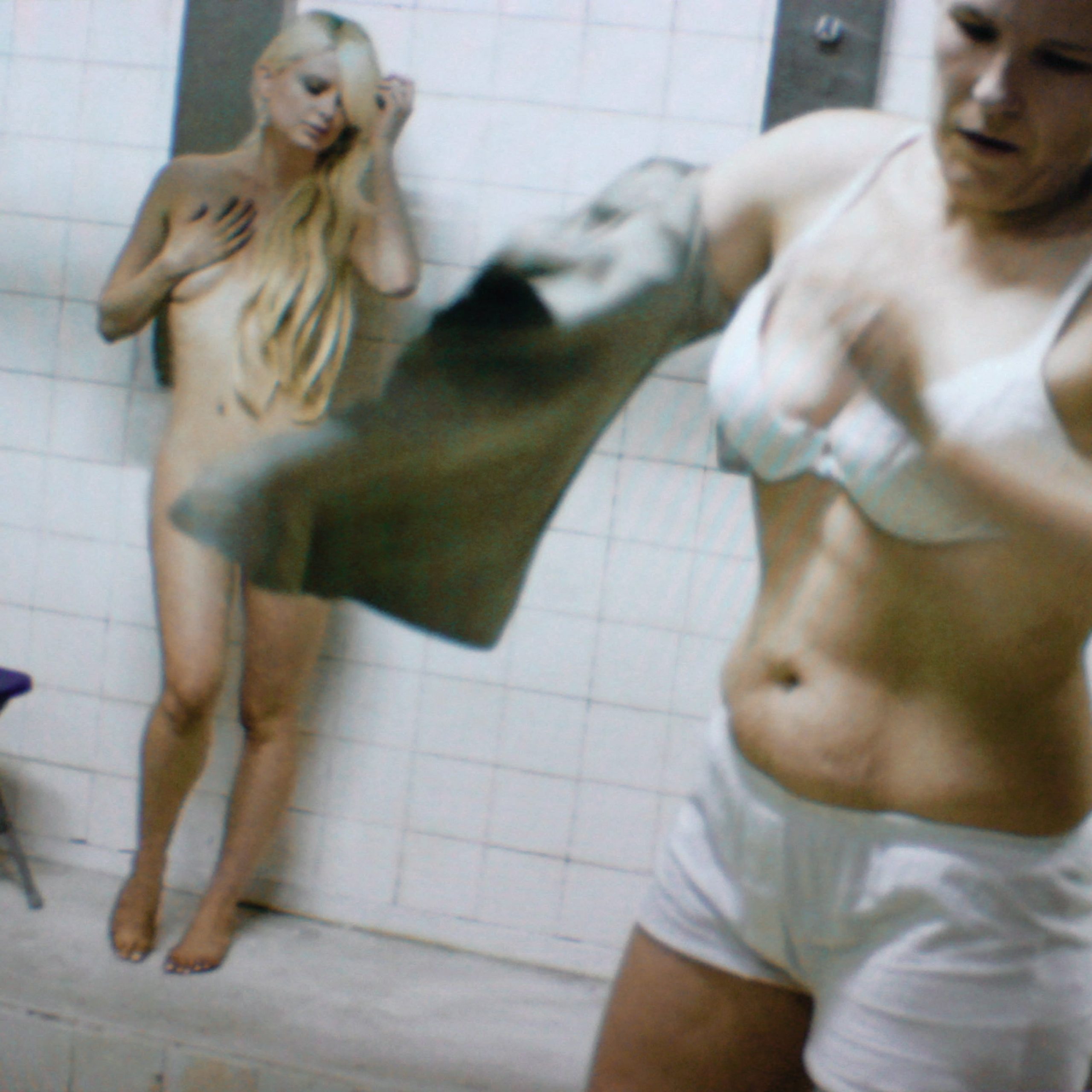
These precautions are used, no doubt, by the lawyers employed to protect her from possible legal proceedings, but also serve to square up to the credulity of the public. Alison Jackson doesn’t care about the stars. There’s no use asking her what’s happening in the royal family or show biz, she’s incapable of answering. What interests her is the public’s perception of these images. “I’m accused of taking vulgar photos. But what’s really vulgar is to believe and celebrate these images. The aim of my work evades people completely if they don’t understand that. I’m interested by the public’s perception of celebrities, not the notion of celebrity itself. I prefer to show my photos in a gallery or a book. It’s difficult in a magazine, there’s the risk of not being understood. I try to protect myself.”
A student at the Royal College of Art specialising in fine art, Alison Jackson concentrated on sculpture which she continues to practice today, somewhere between realism and performance. The catalyst for her current work was the death of Princess Diana. “When Diana died I couldn’t understand the collective grief, people were sadder than if they’d lost a member of their own family… She interests me in the same way as religious icons… what was behind this icon? I started hunting for a look- alike. Everyone said that she was killed because she was pregnant. So I did the photo of her with the baby that she could have had with Dodi, who would have been mixed race. It caused quite a lot of controversy especially as I was still at the Royal College of Art with Lord Snowdon, a close friend of the royal family, as principle, so it was very difficult for me!” Her work is a long process of development. She dissects photos from gossip magazines and imagines an image, “I try to see what a celebrity looks like, how they’re dressed and then I create a situation which could be real. I’ve got a team who work with me including a brilliant casting director, a hairdresser and make-up artist. Sometimes it can take ages. Some look-alikes are very professional and others not at all, it’s all about acting at the end of the day… You have to find the perfect moment, the moment when they turn into their celebrity character.”
With that goal in mind, she’s far from trying to outbid the press. “My work is about questioning popular culture. In today’s world no one cares about meeting people in person, we prefer to imagine them through images… and talk to people on mobile phones.” Like most photographers over the last decade, Alison Jackson frequently questions the status of the photographic image. For a long time it was mistakenly considered to be a fragment of reality, a conclusive instant caught by the camera. “For me photography is a kind of image deconstruction, I’m always looking for what’s important in an image.”
Today the veracity of certain iconic photographers is questioned. Was the cult image of the dead Spanish Republican soldier taken by Robert Capa a fake? Another similar photo of a dead soldier in exactly the same place has since been found in Capa’s archives. Ever since the 1970s the deconstruction of images has been re-appropriated by television (Harry Gruyaert), advertising (Richard Prince’s cowboys), film images (Cindy Sherman’s famous Film Stills), images printed in books or magazines (Hans-Peter Feldmann cutting up newspapers and Gerhard Richter’s Atlas) or web images (Thomas Ruff)… Today, like others, Alison Jackson leans towards the gossip press, that international phenomenon of recent years, questioning this 21st century documentation. “It looks like reality, but it isn’t. I’m not looking for scandal, my vision is completely conceptual. Of course everyone knows that Diana and Dodi didn’t have a baby but my pictures provoke a very short lived confusion with the viewer all the same. My entire work is based on the perception of these images. We only know celebrities through their photos, without the media many of them wouldn’t exist at all, they should thank it.”
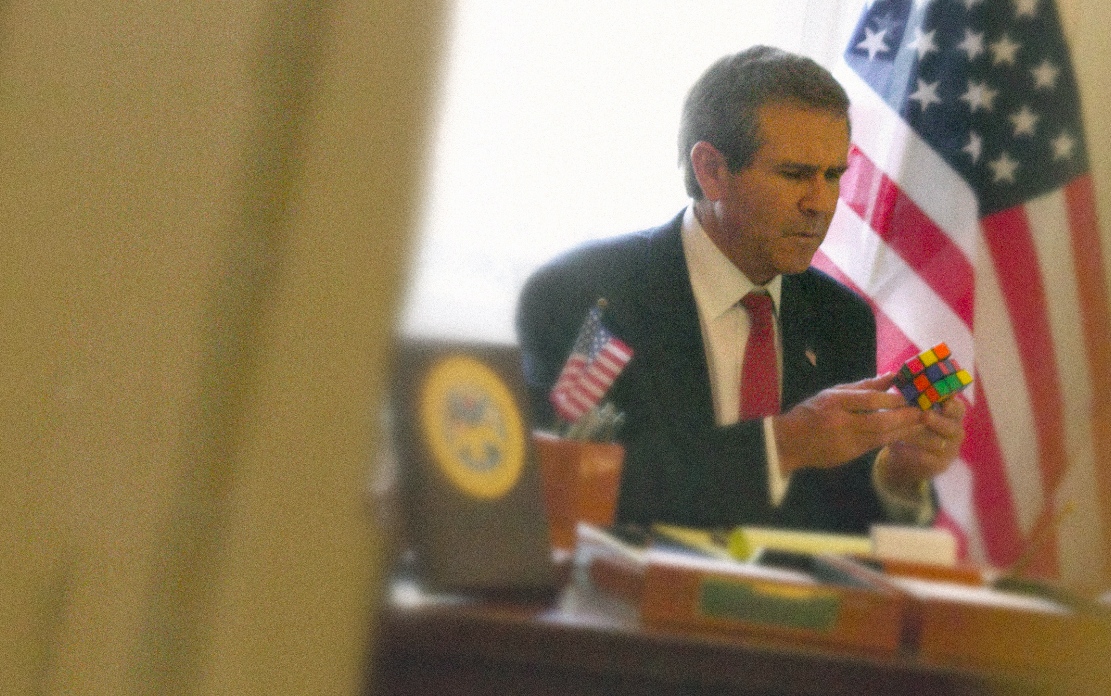
But sometimes reality catches up with Alison Jackson, just like a boomerang. Some of her pictures could have been taken by Mario Testino when he photographs his friends in private (in his book, Let Me In!) like Madonna’s daughter Lourdes dancing dressed up as her mother or Mick Jagger ironing his trousers in a pair of pants. Could she have come up with the incredible picture (very sexy and not at all perverted) of Kate Moss and Naomi Campbell peeing together? For Alison, Kate Moss personifies the celebrity myth. “We are a voyeuristic public. Kate Moss understands that and plays on it. Everybody wants to know what celebrities do in private. Kate Moss’ private and public have just sort of melded together. Ultimately Kate does the same thing as me.” Who’s her favourite model? “The Queen is fabulous. Absolutely fantastic.” But of course!






